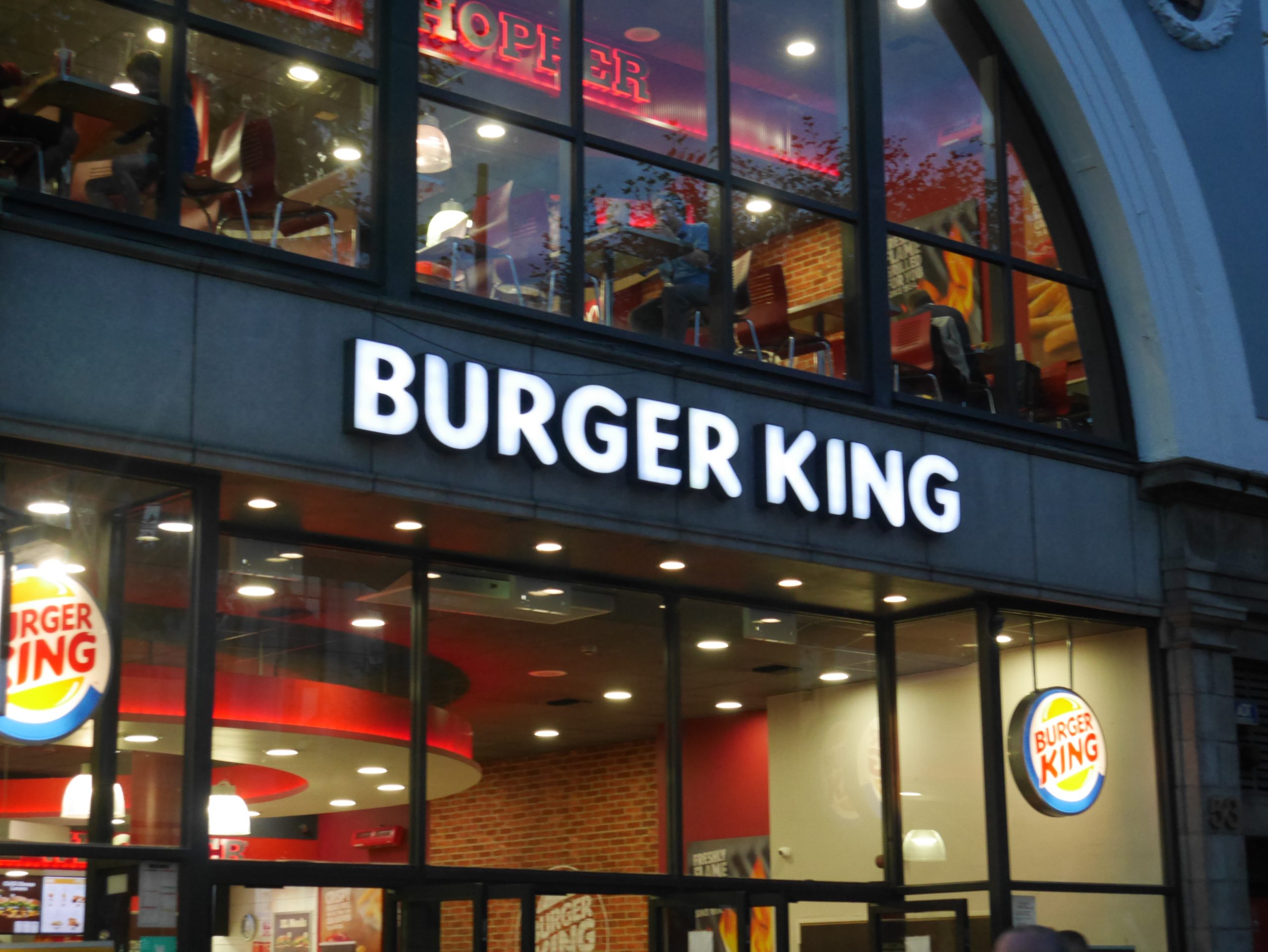The saying goes: “We all want what we can’t have”. Unfortunately, food is not an exception to this idea. Humanity as a whole has become addicted to the very thing capable of nourishing us, yet killing us: food. This is especially prevalent with those tasty and greasy fatty fast foods. What follows is not a scolding from a health professional to “resist all temptation”, but rather an explanation as to how your brain is subconsciously prompting – and, subsequently, giving into – these cravings. The “food reward system” is a key tool for survival, and its role is obviously very clear: to keep us alive. Overall, this regulation of food intake is a complex process with the brain playing a central role. However, how does this explain our addiction to fast food?
Historically, in hunter-gatherer societies, higher energy macromolecules such as fats and sugars were scarcely encountered and, therefore, it was an evolutionary advantage to eat these foods and get a reward sensation in the brain. The role of endocrine or hormonal factors on the medial hypothalamus (a region in the brain responsible for the regulation of food intake and metabolism) has been well researched. This research has highlighted three main starring hormones: insulin, leptin and ghrelin. Insulin controls glucose levels by signalling to the brain via the hypothalamus to reduce food intake when glucose levels are high. Leptin, which is released from adipose or fat tissue, helps the body maintain its weight by regulating the metabolism of lipids, independently of food intake. Finally, ghrelin is known as the “hunger hormone” due to its ability to stimulate appetite. It is mainly secreted by the stomach when it is empty. So how do these three hormones play into this food reward circuitry?
“Since you are hungry when ghrelin is released, rather than rewarding food already consumed, it heightens the prospective reward, motivating you to eat.”
The most important reward pathway in the brain is the mesolimbic dopamine pathway, which has long been a focus of research into food reward systems. Dopamine, the so-called “happy hormone”, is involved in many neurological reward circuits and plays numerous roles within the brain. One of the main stimuli that can cause dopamine release is the intake of highly palatable food. This occurs as receptors of the three endocrine hormones, leptin, ghrelin and insulin, are all located on dopaminergic neurons, which can synthesise dopamine. Therefore, the binding of such hormones to their respective receptors leads to dopamine release. In the case of insulin, the hormone concentration peaks when blood glucose is high, likely after consumption of a sugary meal. Leptin works in a similar manner. Higher leptin concentrations and subsequent dopamine release occurs when there is enough stored fat in the body, signalling to the brain to stop food intake. On the other hand, ghrelin differs in how it triggers dopamine release. Since you are hungry when ghrelin is released, rather than rewarding food already consumed, it heightens the prospective reward, motivating you to eat.
Studies often compare the brain pathways involved in food intake to those involved in drug addiction due to the neurochemical overlap. It has been noted in animal studies that dopamine release in the nucleus accumbens (NAc) brain region of rats who repetitively binged high sugar foods resembled the same dopamine release seen in drug addiction studies. Furthermore, these sugar-bingeing rats actually showed symptoms of withdrawal when the food was removed. It is speculated that the continuous consumption of hyper-palatable food may possibly lead to food addiction. The authors of these studies stated that, while the concept of food addiction remains controversial, further studies are needed to investigate whether symptoms of substance withdrawal can be measured in humans abstaining from particular food groups.
“Acute, rather than chronic, stress also increases our reward sensitivity, meaning that ordering a spice bag is far more tempting after a long day working to meet a deadline or during exam time.”
Restaurants and fast food outlets certainly take advantage of our weakness for such hyper-palatable, sugar and fat-rich dishes to attract us to their businesses. The controversial food additives MSG (monosodium glutamate) and aspartame do not induce the same reward responses in the brain as seen from sugars and fats. However, they are widely used to make food more palatable; both across the restaurant industry, in snack foods, and in supermarket pre-made meals, creating the ultimate test of our willpower. Acute, rather than chronic, stress also increases our reward sensitivity, meaning that ordering a spice bag is far more tempting after a long day working to meet a deadline or during exam time, especially when takeaway is so convenient.
These innate mechanisms, which were initially an evolutionary advantage, have now become a health hazard in a world of easily accessible energy-dense foods. Whilst we may not have the time nor interest in checking the nutritional value of our meals, it is worth knowing that in terms of following a healthy diet, our brain may be our Achilles’ heel. At least you are now conscious of that fact.






